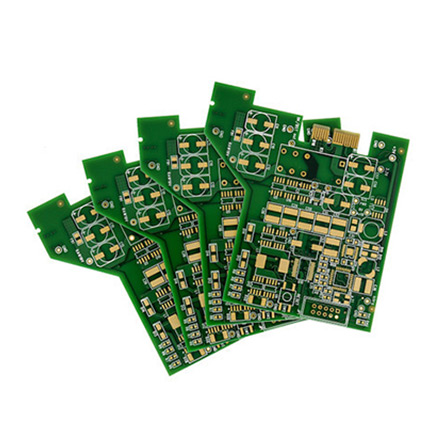

Understanding Low Reflective Glass Its Benefits and Applications
In the modern architectural landscape, the choice of materials significantly influences the aesthetics and functionality of a building. Among the various materials available today, low reflective glass has gained considerable attention for its unique properties and advantages. This article delves into the characteristics, benefits, and potential applications of low reflective glass, illustrating why it is becoming a popular choice for both commercial and residential projects.
What is Low Reflective Glass?
Low reflective glass, also known as low-reflectivity or low-e glass, is designed to minimize the amount of light that reflects off its surface. Unlike traditional glass, which often reflects a significant amount of light, low reflective glass uses a specialized coating that alters its optical properties. This coating not only reduces glare but also enhances the clarity of the view through the glass. The result is a material that allows for maximum visibility while maintaining a sleek and modern appearance.
Benefits of Low Reflective Glass
1. Improved Aesthetics One of the standout features of low reflective glass is its ability to enhance the appearance of a building. The minimal reflections create a more seamless integration with the surroundings, allowing the architecture to shine without distractions. This aspect is particularly beneficial in urban environments where buildings compete for attention.
2. Enhanced Visibility For both residential and commercial spaces, visibility is paramount. Low reflective glass ensures that occupants enjoy unobstructed views without the annoyance of glare. This is especially advantageous in settings where natural light is essential, such as offices, restaurants, and homes with picturesque landscapes.
3. Energy Efficiency Low reflective glass often comes with energy-efficient properties, helping to regulate indoor temperatures. By minimizing the amount of solar heat entering a building, it reduces reliance on air conditioning systems during hot months. This not only leads to cost savings on energy bills but also contributes to a more sustainable environment.

4. UV Protection Prolonged exposure to ultraviolet (UV) rays can cause significant damage to interiors, leading to fading of furniture, textiles, and artwork. Low reflective glass effectively blocks a large percentage of these harmful UV rays, protecting the investments made in interior décor and creating a more comfortable living or working environment.
5. Privacy without Sacrificing Light For buildings located in densely populated areas, maintaining privacy can be challenging. Low reflective glass offers a solution by providing a level of obscurity that prevents onlookers from easily seeing inside while still allowing ample natural light to permeate the space.
Applications of Low Reflective Glass
The versatility of low reflective glass makes it an ideal choice for various applications. In commercial architecture, it is commonly used in office buildings, retail stores, and hotels, where aesthetics and functionality are crucial. The sleek look of low reflective glass enhances storefronts, making products more appealing to potential customers.
In residential design, homeowners are increasingly opting for low reflective glass in their windows and patio doors. The ability to blend indoor and outdoor spaces while enjoying clear views adds significant value to any property. Furthermore, low reflective glass can be utilized in glass railings, balustrades, and partitions, enhancing both safety and elegance.
Conclusion
As architectural trends continue to evolve, low reflective glass stands out as a material that combines beauty, functionality, and sustainability. Its ability to enhance visibility while reducing glare and UV exposure makes it a valuable asset in any design scheme. With its various applications in both commercial and residential settings, low reflective glass is poised to play a pivotal role in the future of modern architecture, providing a clear path toward innovative and responsible building practices.